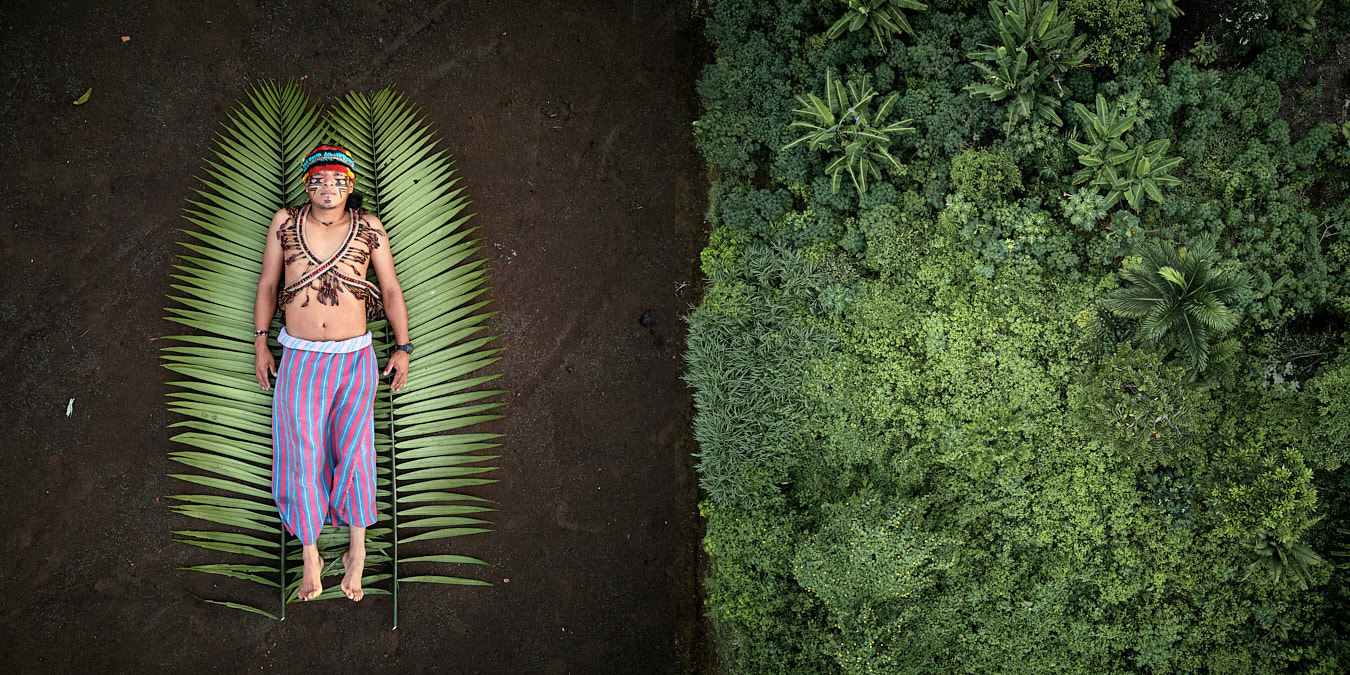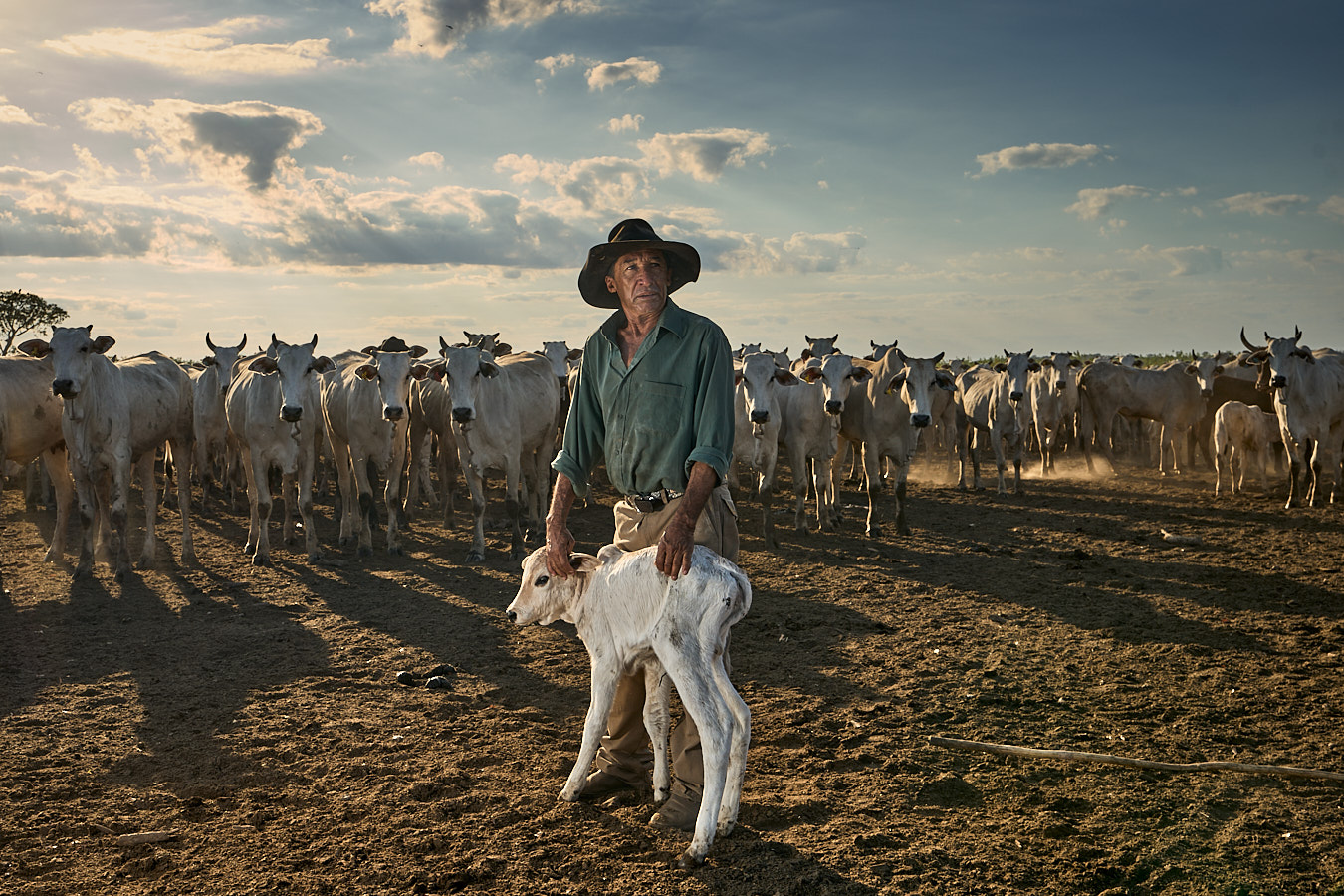Close
Close
Pablo’s work blends photography, video, and immersive storytelling to explore the relationship between people and land. His transmedia projects challenge extractive narratives by centering communities on the frontlines of environmental and cultural resistance. Through collaborative and often poetic approaches, he documents how land defenders, farmers, and Indigenous leaders are shaping more regenerative futures. His current projects, National Geographic Society projects The Food Paradox and Guardians of the Soil, investigates how agriculture, climate change and culture intersect in the Global South.
“They [the ranchers] think the solution is to bury us, but they didn’t realize that we are seeds.”
Think about the Amazon rainforest. What’s the first image that comes to mind?
The Amazon is often romanticized by the Western world, yet the Indigenous peoples who call it home are too often forgotten. These communities, guardians of ancestral lands, face daily threats from a deep, ongoing process of colonization—frequently ignored in conversations about climate change.
Seeds of Resistance reveals the profound connection between land defenders and the territories they protect. Each portrait is a diptych: two perfectly square images, carefully composed to function as a single visual piece. One frame captures the land defender; the other, taken by drone, reveals the land they fight to preserve. This pairing emphasizes that there is no forest without its people, and no people without their forest.
To these communities, the land is sacred—Mother, memory, and life source. Even when forests fall to profit-driven destruction, the land remains sacred: thousands of ancestors rest beneath it.
Seeds of Resistance invites us to reimagine the Amazon not as a distant wilderness, but as a living, cultural landscape—and to stand with those who protect it.


The Pantanal, the world’s largest tropical wetland, is facing an existential threat due to climate change. Once a vast, water-rich ecosystem, it is now experiencing severe and recurring droughts. These dry conditions have fueled catastrophic fires, devastating the land and wildlife year after year. In 2020 alone, over 17 million vertebrates perished in the fires, which consumed a quarter of the wetlands. By 2024, the area burned had expanded by 529% compared to the average of the past 40 years, and the region’s water-covered areas had shrunk by 60%.
Albarenga has been exhibited at CCCB (Barcelona), Somerset House (London), and festivals in India, Uruguay, Brazil, and several countries worldwide. He was named Photographer of the Year by Sony World Photography Awards with his project Seeds of Resistance and won the Gabo Award for Rainforest Defenders. He’s spoken at Yale, the Royal Geographic Society, and Aspen Climate, among other conferences. Selected for Eddie Adams, Kalish, and Starling Lab, he has received grants for projects across Latin America. His recent exhibitions include Seeds of Resistance and The Food Paradox.